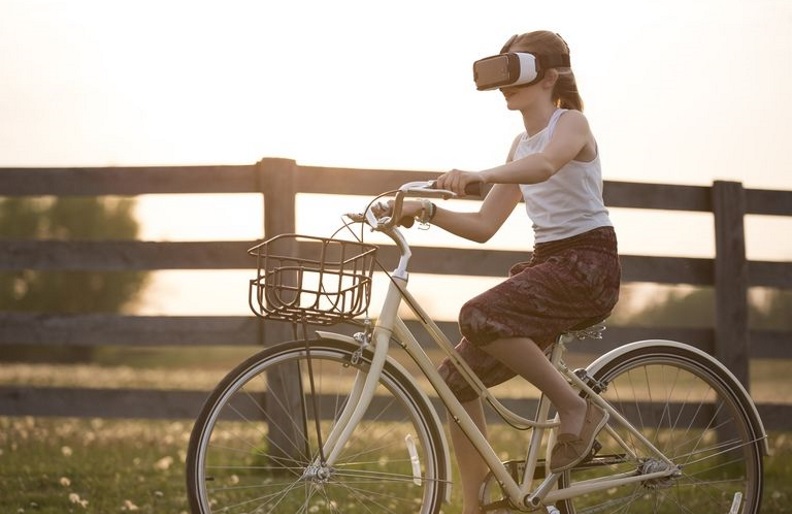Health technology continues to expand across general fitness werarables and advanced medical instruments. With the home fitness market, a big growth area is with virtual and augmented reality.
The prediction that virtual and augmented reality is set to alter how consumers interact with digital health has been made by non-profit industry experts The Global Wellness Institute. This is central to a newly issued report, which highlights virtual and augmented reality together with remote training. For Digital Journal’s review of advances in remote training see “Digital health market continues to innovate.”
What is virtual and augmented reality?
They are two different things:
Virtual reality is the umbrella term for all immersive experiences, which could be created using purely real-world content, purely synthetic content or a hybrid of both. These are immersive multimedia or computer-simulated reality, replicates an environment that simulates a physical presence in different places.
Augmented reality is a live, direct or indirect view of a physical, real-world environment whose elements are augmented (or supplemented) by computer-generated sensory input such as sound, video, graphics or GPS data. In other words, an overlay of content on the real world, but not anchored to or part of it.
So how might these technologies enhance the fitness experience? One example comes from Johannes Scholl who has launched a start-up in Germany called Icaros GmbH. The company has developed a virtual reality exercise machine that delivers a core workout by allowing the users to fly and go deep-ocean diving. A series of gyms in London and Tokyo have installed the machines.
In two other examples, Massachusetts-based VirZOOM Inc. have developed a machine that transforms bike machines into virtual reality controllers that let users fly horses and drive Formula 1 cars, each game has an exercise mode. Finally a Helsinki based augmented reality company has developed technology that overlays digital images onto rock-climbing walls, allowing climbers play games while ascending.
These examples show how, every day, virtual reality technology is advancing that this rate of progress is opening up more opportunity for virtual and augmented technology to make their marks on a number of industries, especially with fitness. As well as the virtual world, advances are being made with remote access, bringing the gym coach into the home.
This article was originally published by Digital Journal. Read the original article.


2 comments